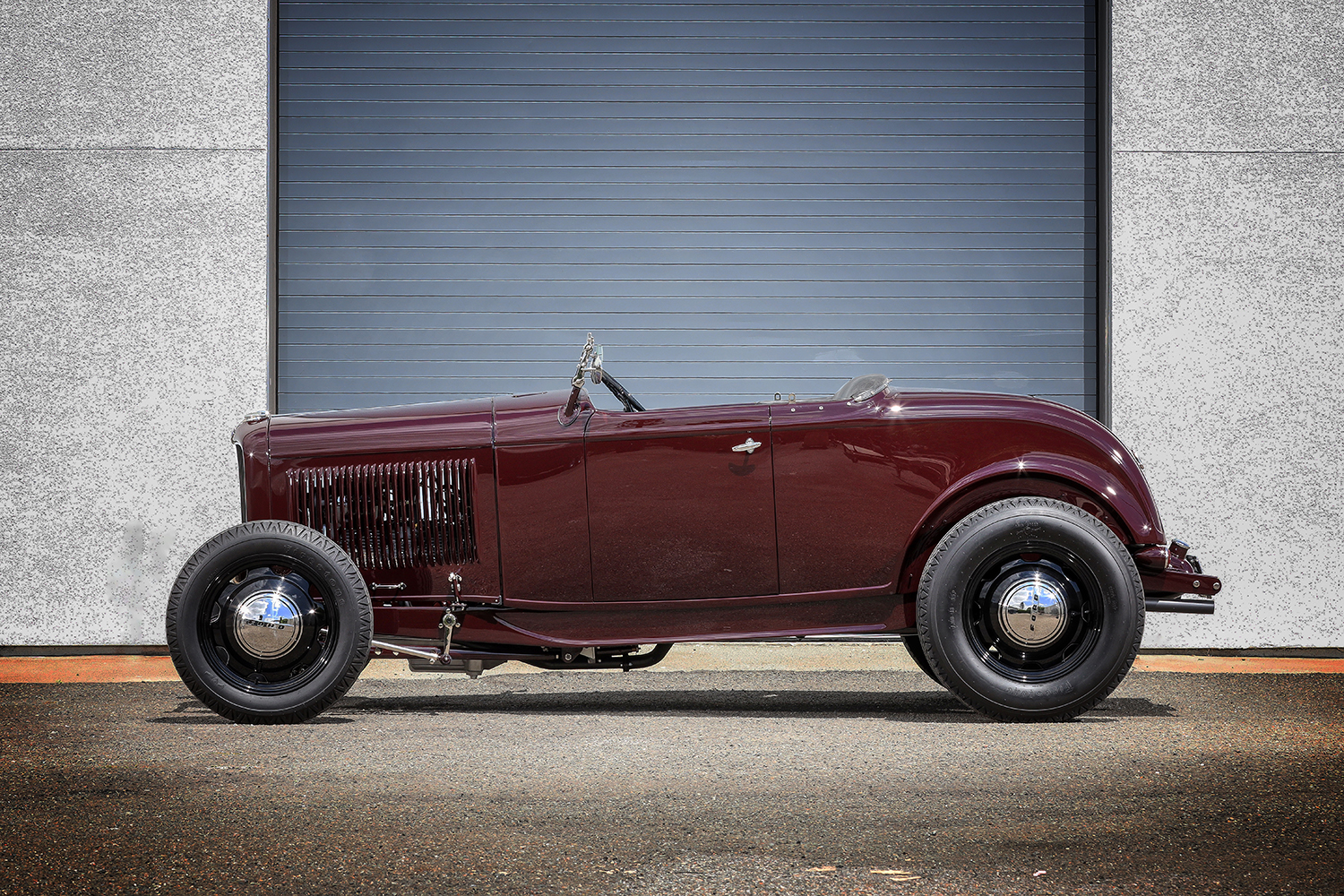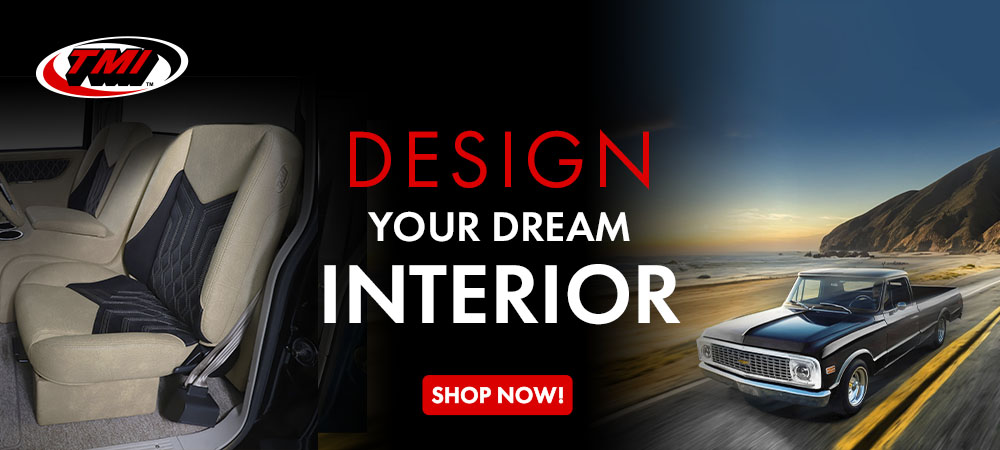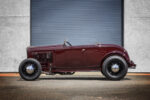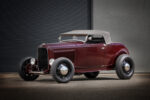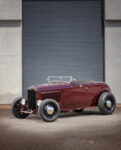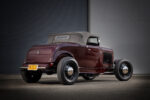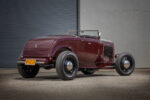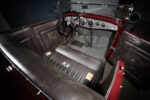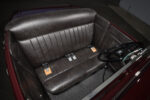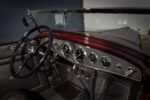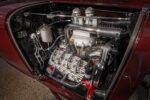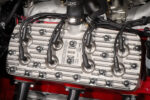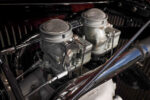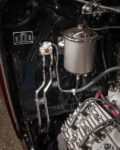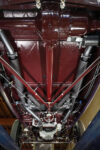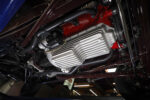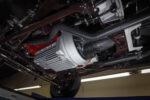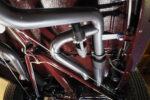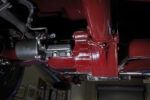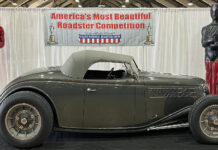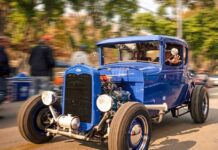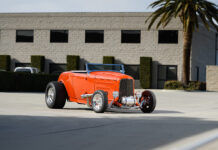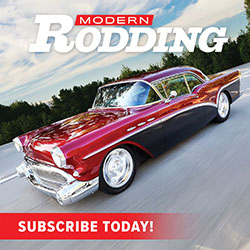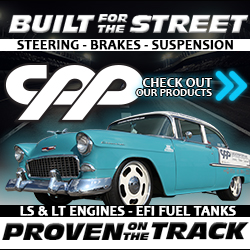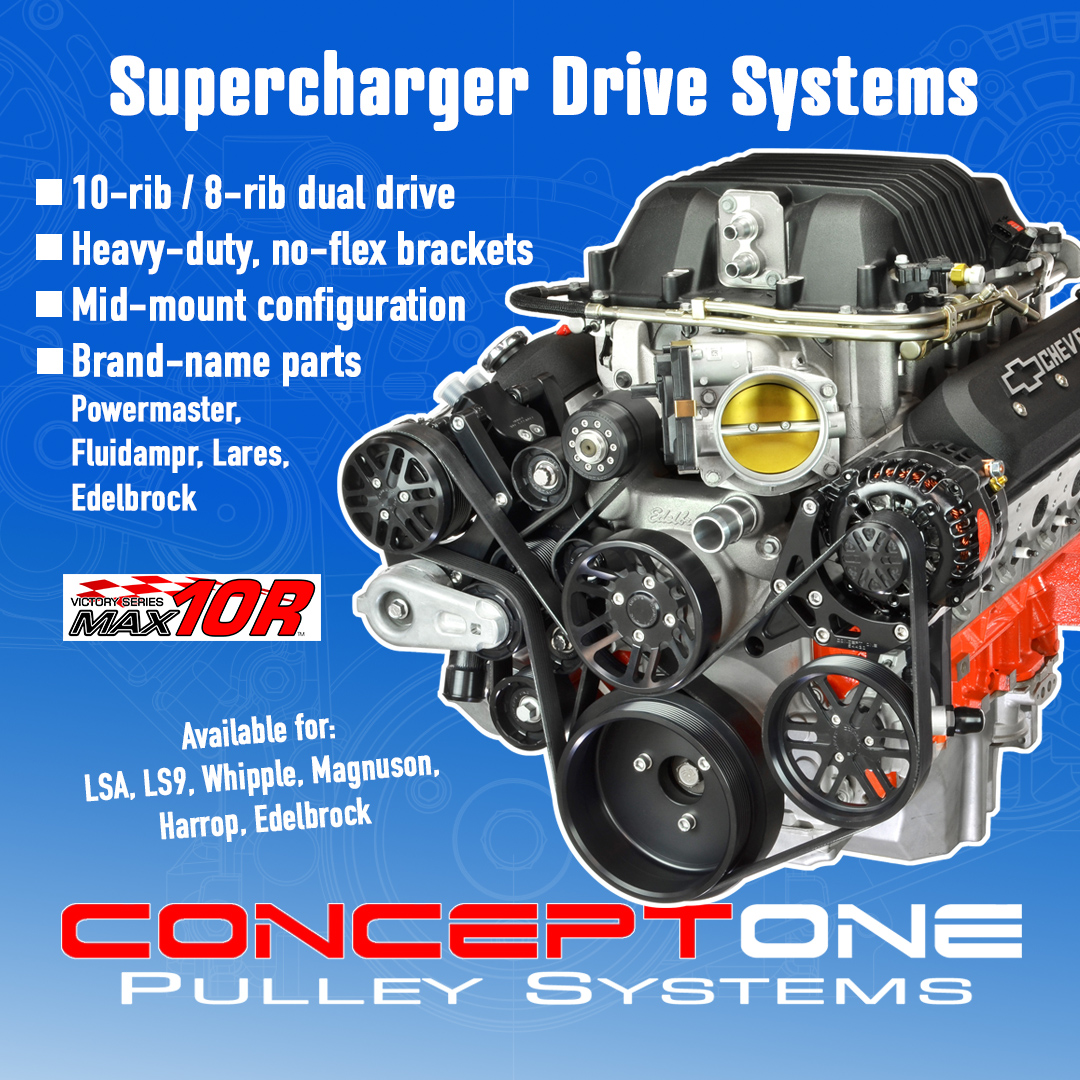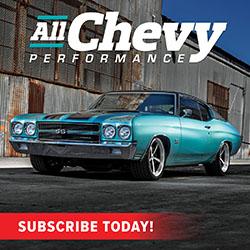By Brian Brennan – Photography By Michael Christensen
When discussing the concept of having or building an “early hot rod,” we often refer to the “appearance” of our envisioned history and translate it into our contemporary builds. Barron Guss of Hawaii is a hot rodder passionate about early hot rods and believes in constructing them using period-correct parts. In his quest to own a genuine early hot rod, he sought the expertise of Roy Brizio of Roy Brizio Street Rods, resulting in a valuable recreation of what an early hot rod might have looked like.
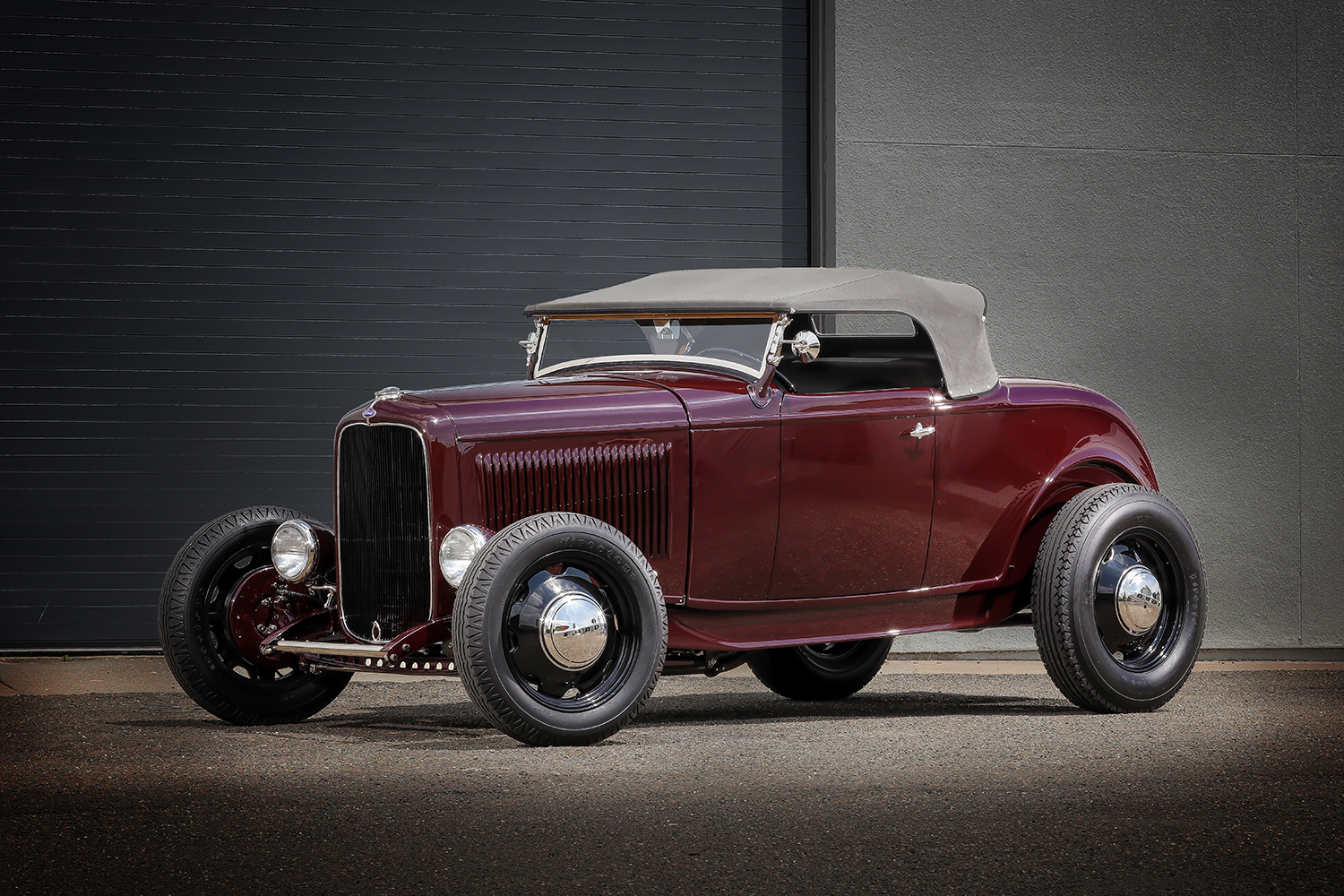
Fortunately for all of us, Ford got it right with the 1932 Ford design. The 1932 Ford roadster body was developed by a team at Ford Motor Company, notably led by designer Bob Gregorie. Gregorie played a key role in shaping the legendary “Deuce” roadster. His vision for the 1932 Ford, including the roadster, prioritized a streamlined and stylish design that appealed to a burgeoning market of car buyers.
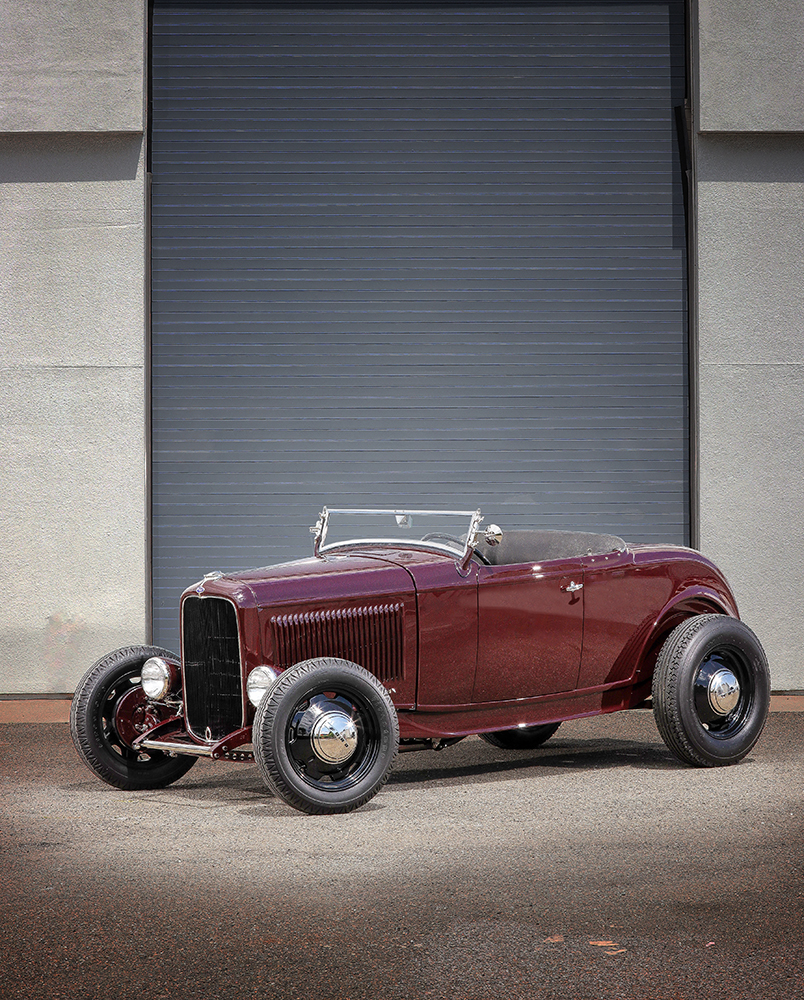
Starting from where one should—at the beginning—Barron’s hot rod is constructed with original sheetmetal based on a 1932 Ford roadster body, which includes the hood, grille shell, and the car’s original top. It was later transformed into a highboy with a 4-inch chopped windshield and hidden hinges, and the unused frameholes that once accommodated the running boards and fenders were filled. Joe Compani of Compani Color expertly completed the body- and paintwork and applied the Rubino Scuro (maroon) color from a 1932 Alfa Romeo 8C. To answer the ongoing question: The headlights are from OTB and are recreations of the Guide-style lights, while the taillights are 1937 Ford models mounted to custom Brizio posts attached to the frame just below the rear of the body.
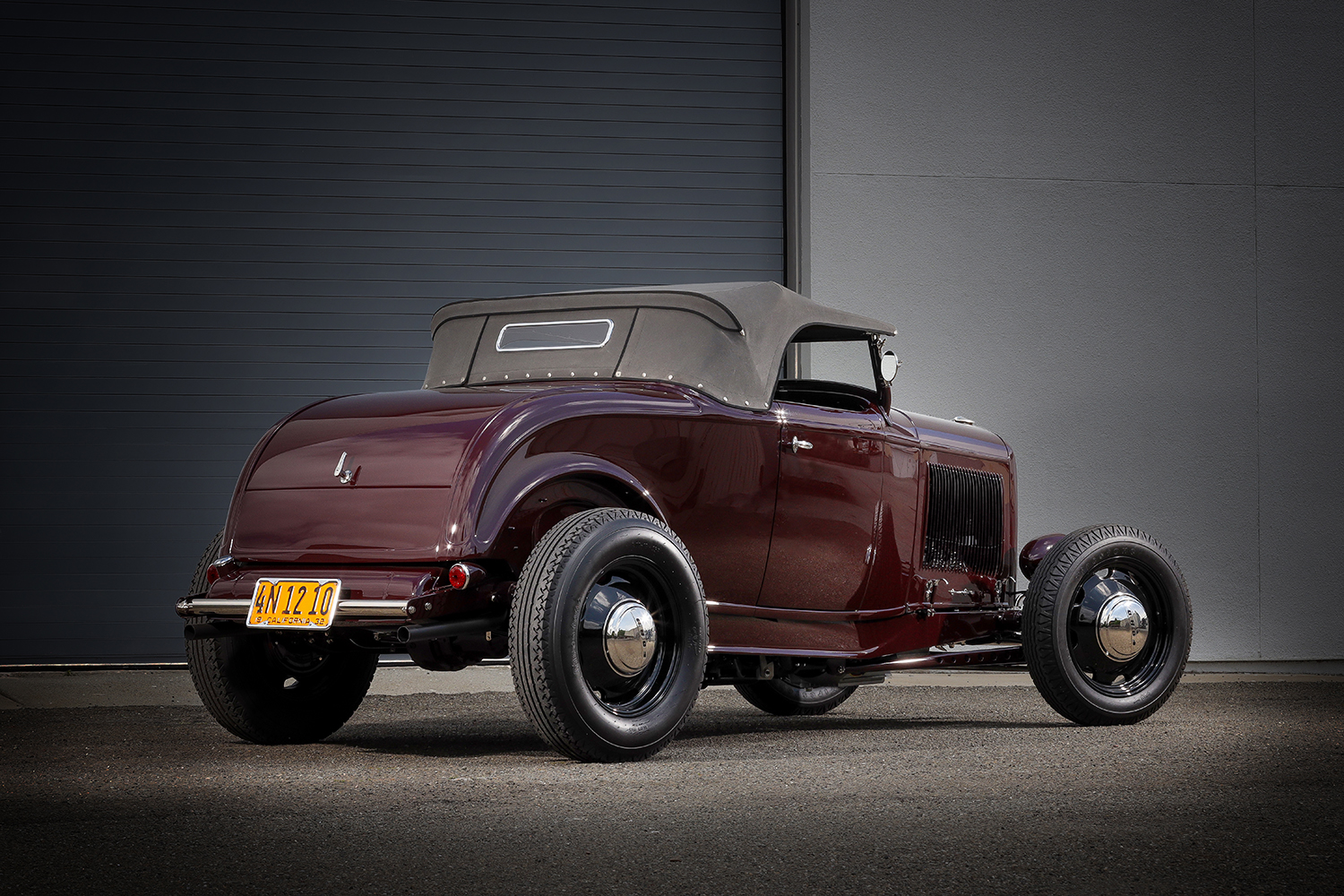
The chassis was constructed with original framerails, while the factory wishbones were split; the team at Brizio’s handled all fabrication needs. The modified Deuce front axle showcases hot rodding flair with a dropped-and-drilled treatment. A reversed-eye transverse leaf spring, 1937 Ford spindles, and 1932 Ford Houdaille friction shocks (introduced in 1932) are utilized at this stage. The side steering incorporates Nash Jennings and Ford components, operated by a 1932 Ford steering column. A torque tube-fitted Ford rearend, featuring 3.78 gears, is paired with a 1940 Columbia two-speed overdrive conversion. The roadster also highlights additional Deuce components, such as the rear springs and shocks. The braking system consists of 1940 Lincoln “juice” brakes matched with a 1940 Ford master cylinder. The wheel and tire setup features a set of reproduction “milk truck” wheels with chrome caps displaying the Ford logo, sized at 18×5 in the front and 18×6 in the back. Coker provided Firestone rubber replicas, measuring 5.60×18 in the front and 7.00×18 in the back.
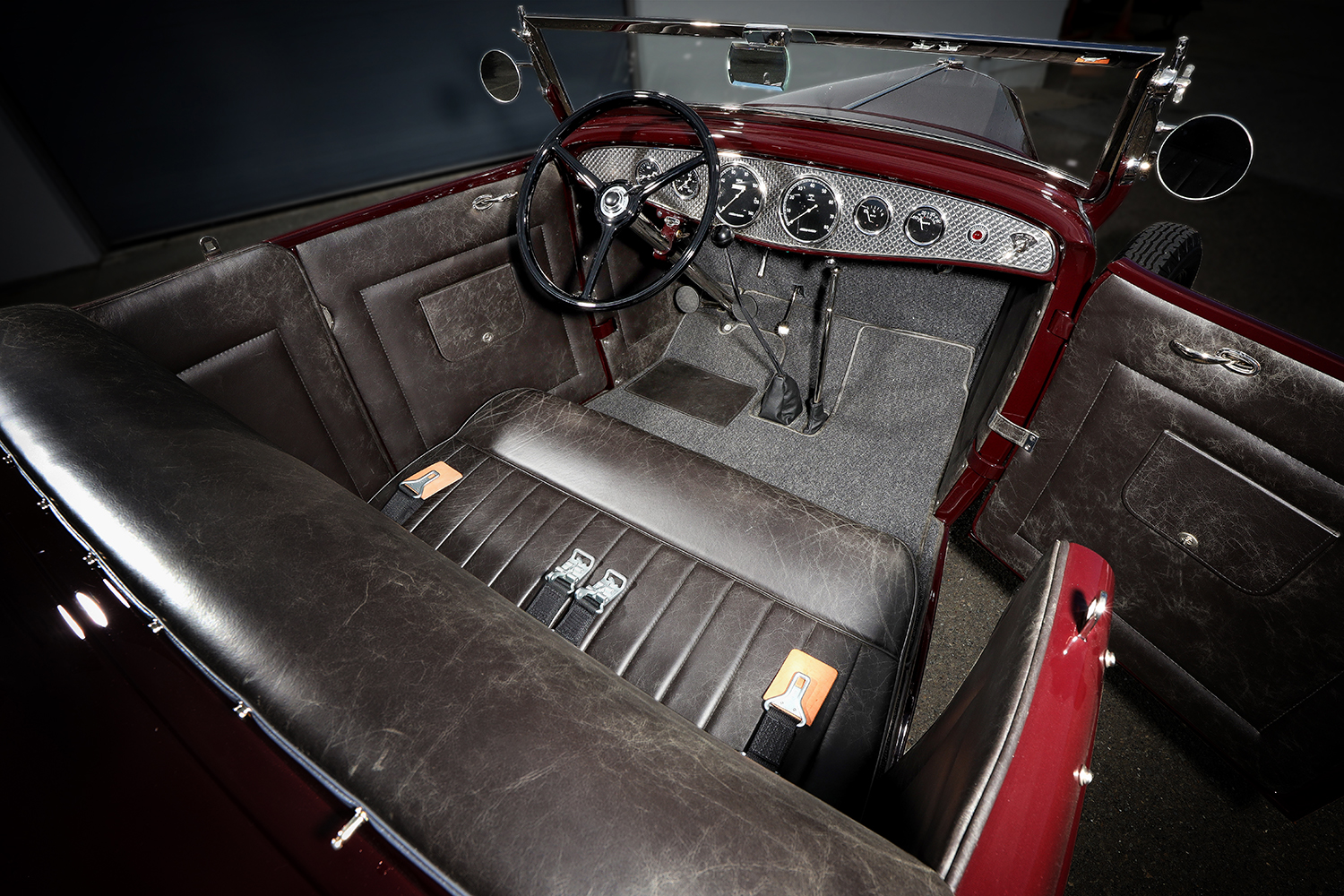
Nestled between the factory’s ’rails is a 1948 Ford iron-block Flathead V-8 that has been ported and relieved, with all additional machine work and assembly done by Don Ferguson (Mr. ARDUN). The balanced rotating assembly features Ross 9-to-1 compression slugs, a Bullet camshaft, and ARP fastener hardware. The Ferguson cast-aluminum ARDUN dual-plug heads and the Ferguson ARDUN oil pan are secured with ARP studs. McCullough provides the intake system with the Series A supercharger, a set of Stromberg97 reproduction carbs, screen-style air cleaners, and a Stewart-Warner fuel pump. The A-series McCullough supercharger wasn’t the mechanical success the company hoped for, making it extremely rare as it was discarded early on. The later version, B-series, became more successful and is the one we will most likely see today.
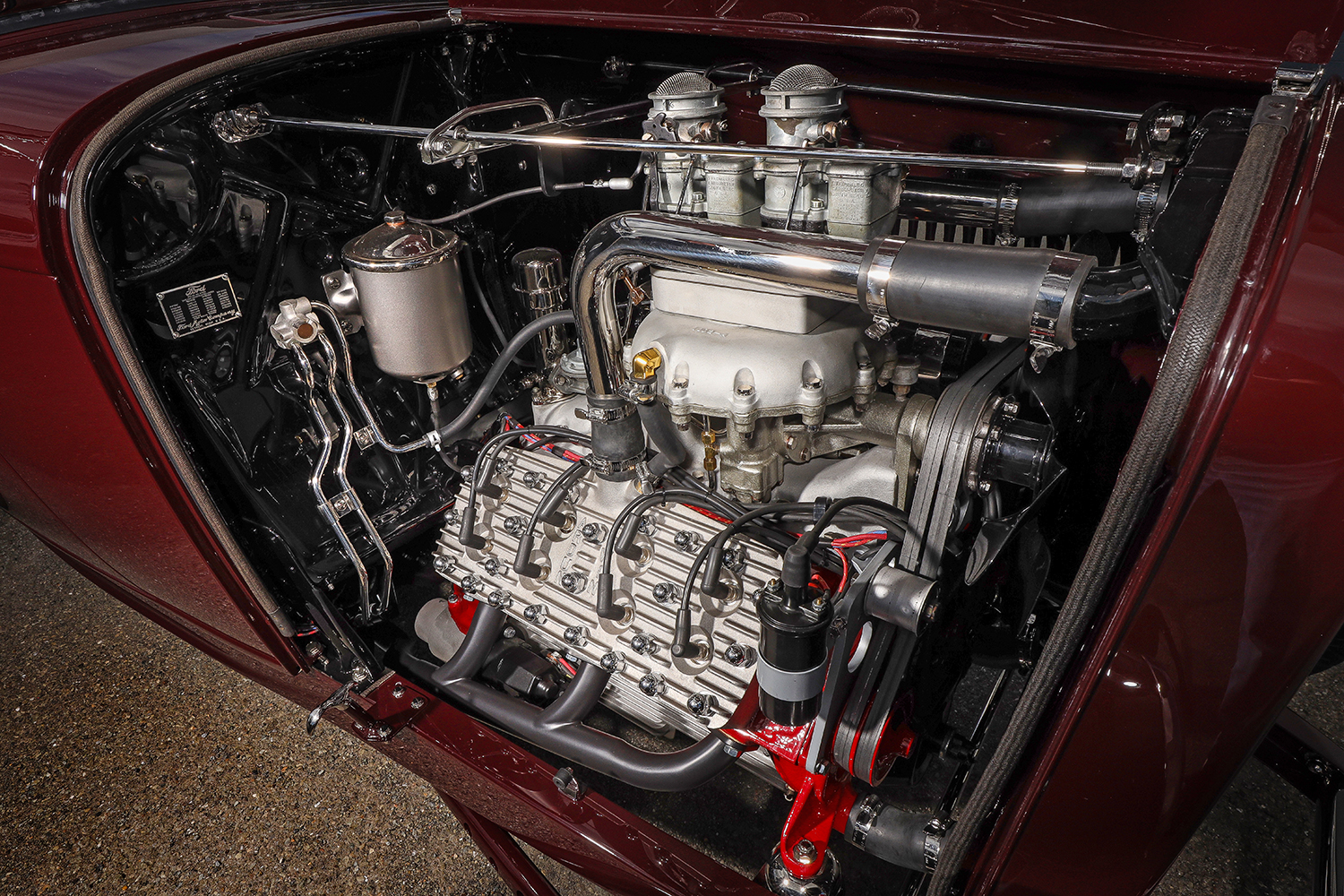
In the realm of automotive innovation, Zora Arkus-Duntov emerged as a pioneer with his remarkable redesign of the Ford Flathead V-8 engine and the development of the ARDUN heads. Notably, Barron and Ferguson convened, with Barron asking Ferguson to create three sets of ARDUN dual-plug heads. Ferguson fulfilled this request. Barron kept two sets; Ferguson retained one set and later passed his pair to Mike Curtis of Curtis Speed Equipment.
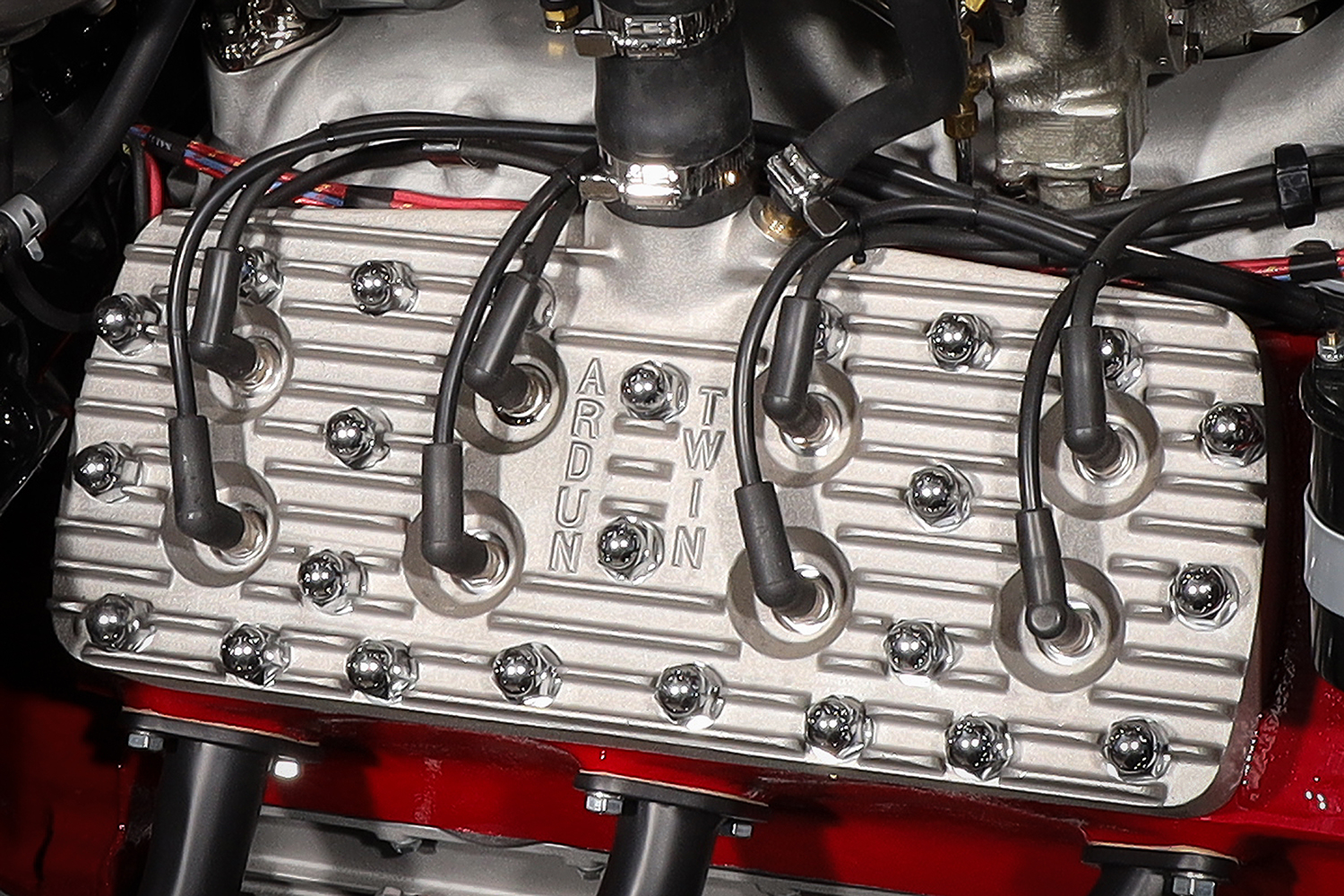
It’s important to note that the Flathead runs smoothly on a single-plug configuration but uses the second plug and wire setup for aesthetic value and as a backup. A stock 1948 Ford single-point distributor is utilized. A set of Red’s Headers exhaust manifolds with 1-1/2-inch tubes connects to a custom exhaust system made from 2-inch pipes, all crafted by Jack Stratton from Brizio’s. Smithy’s Mufflers from Speedway Motors are part of the exhaust system. The Deuce features Allstar Performance electric exhaust cutouts to fully enjoy the “rhapsody” of the distinct Flathead sound.
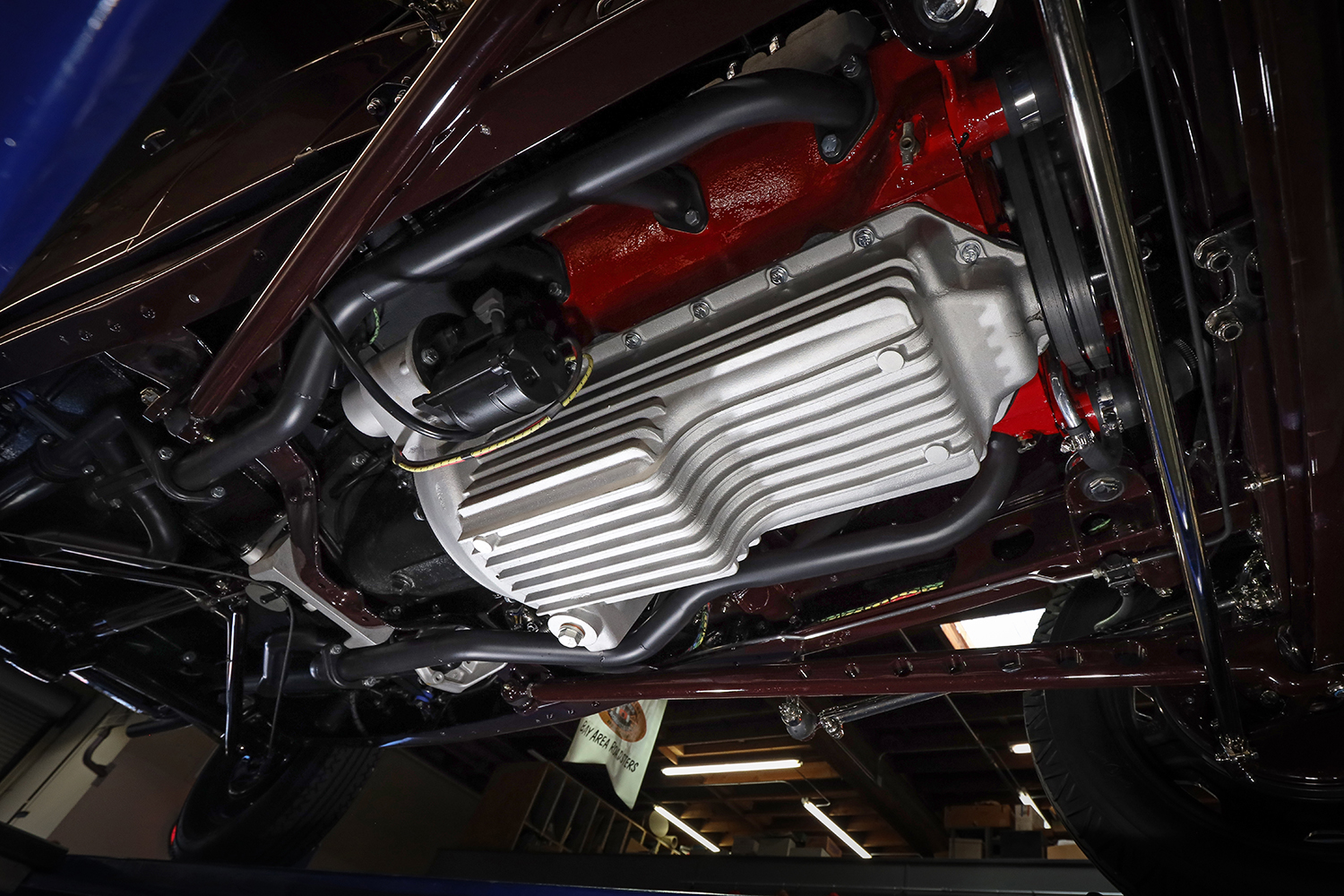
Additional engine components comprise a Powermaster PowerGEN alternator and starter, a Speedway Motors water pump, a mechanical fan, and an Optima trunk-mounted battery. A rebuilt stock clutch and pressure plate transfer this power to the rear via a 1939 Ford mechanical box while the factory shifter remains intact.
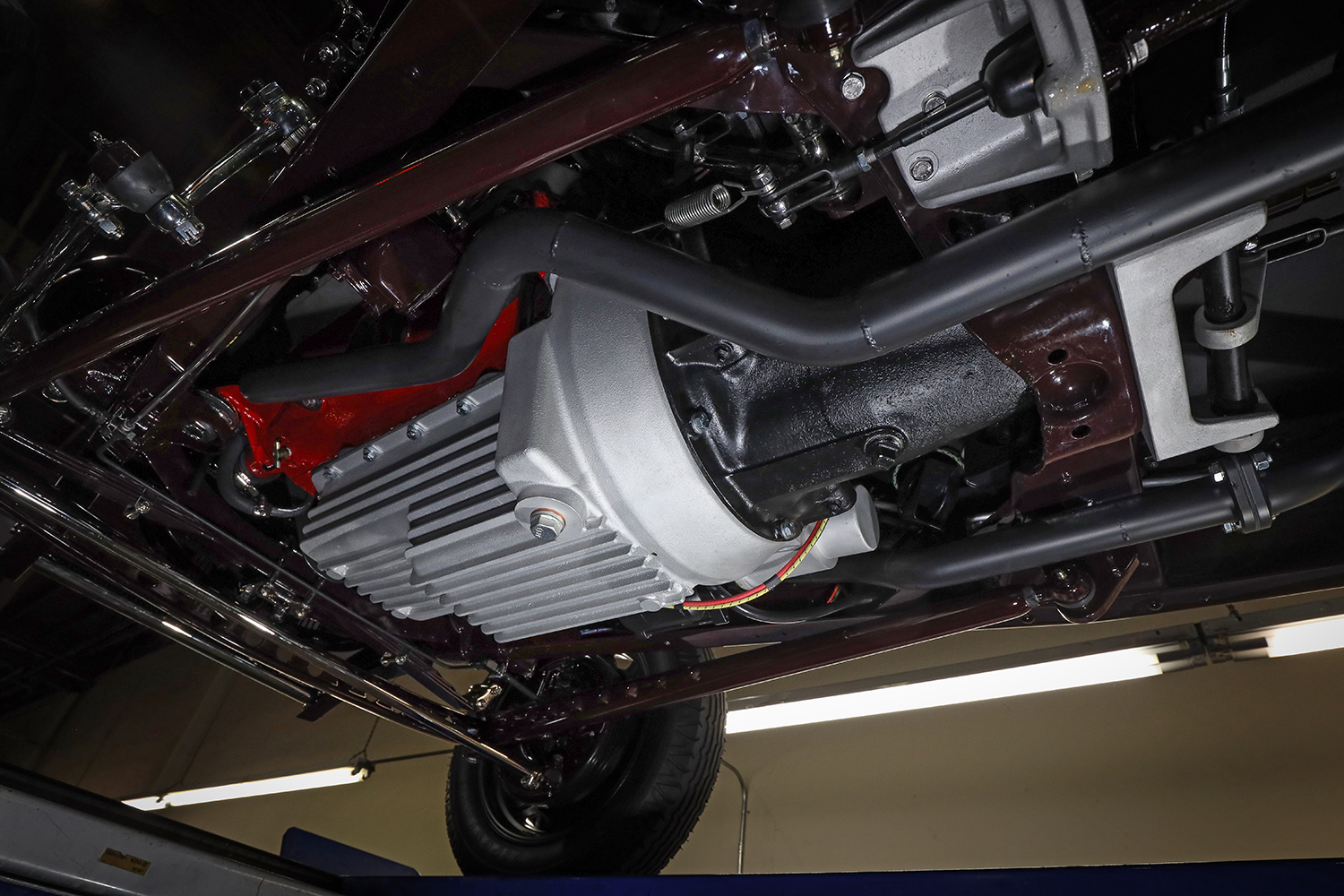
The interior features a stock 1932 Ford dashboard, modified by Brizio to fit the original 2-5/8- and 5-inch-diameter Stewart-Warner gauges, set against a Mike Curtis machine-turned insert. It should be noted that these gauges are quickly becoming, if they aren’t already, as rare as the proverbial “hen’s teeth.” To the passenger side of the dash located within the Curtis panel is the “Differential Locked” red warning light, and to its immediate right is the “Dual Ratio/Low and Hi” position switch that controls the vacuum-operated Columbia two-speed overdrive.
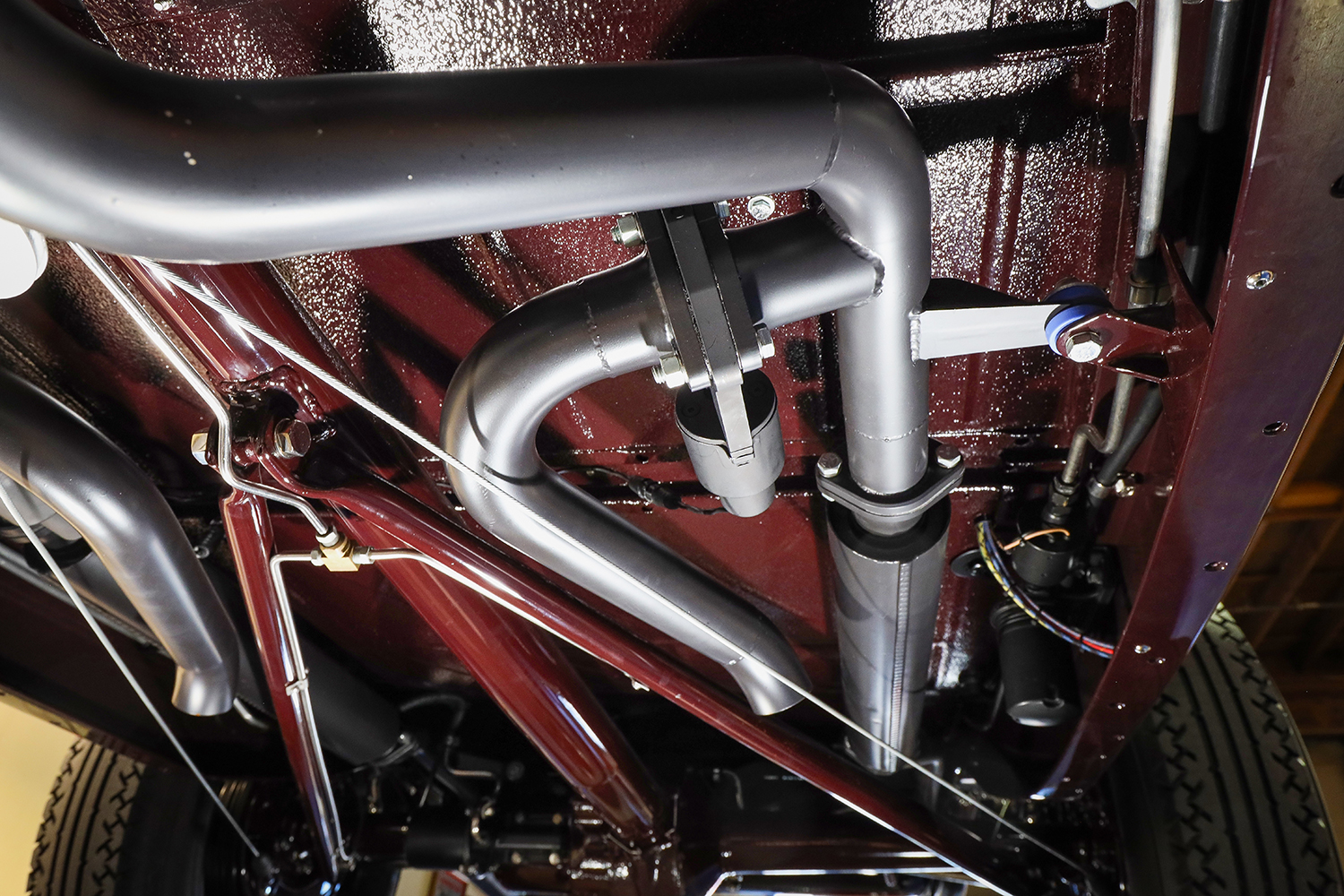
Jim Vickery from Brizio’s took care of the custom wiring. The factory steering column features a 1932 Ford wheel. The bench seat is custom-made and upholstered in charcoal leather, equipped with 2-inch-wide race belts from Crow Safety Gear, provided by Sid Chavers Fine Auto Upholstery, who also installed the German square-weave carpeting. The top is the original 1932 Ford cover that Sid modified to make it functional and aesthetically pleasing for today’s standards. The distressed leather finish also enhances the door and kick panels.
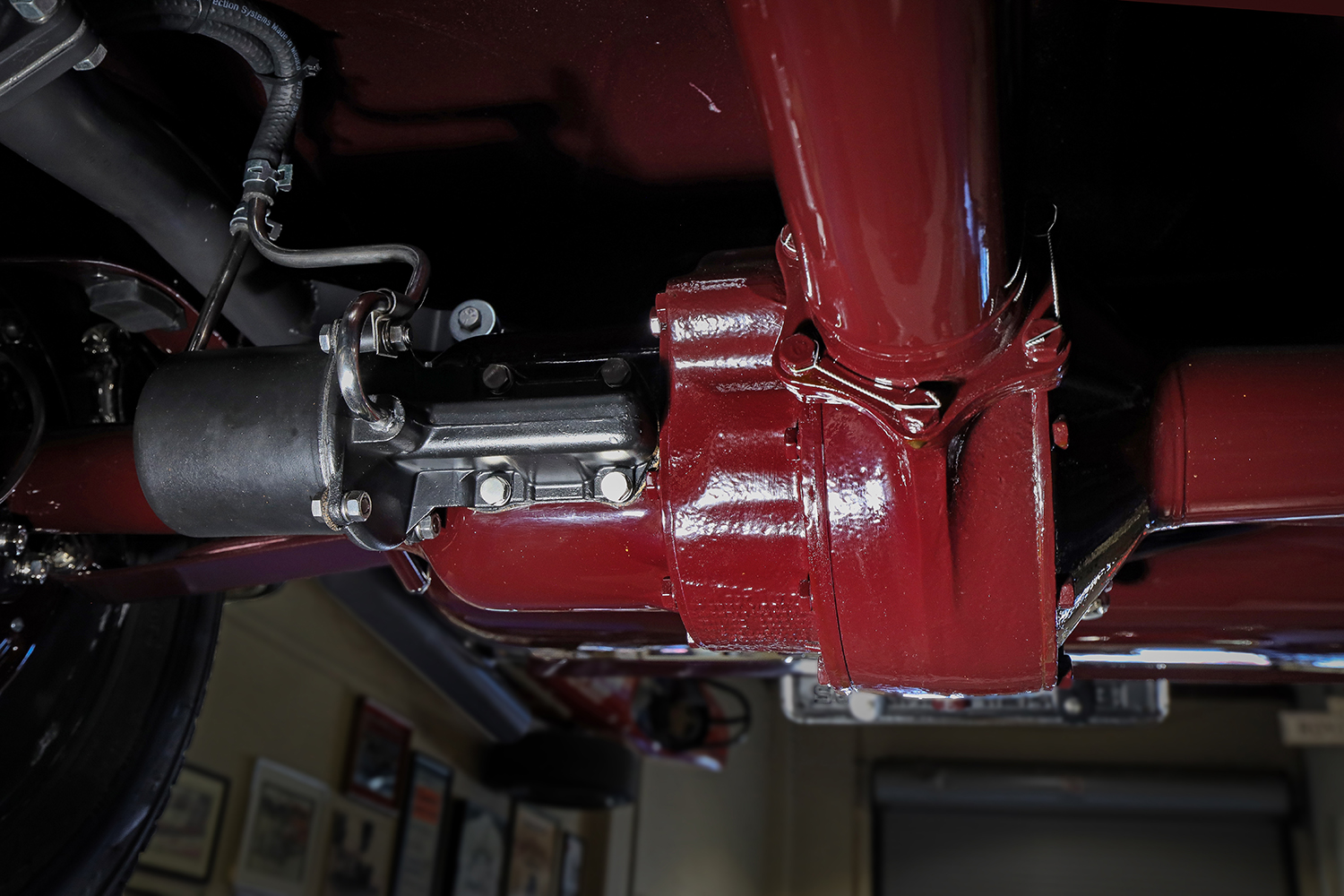
Automotive enthusiasts and hot rodders have long been captivated by the Deuce, solidifying its status as an icon of hot rod styling. The 1932 Ford highboy roadster is now celebrated as a classic and has profoundly influenced automotive design and culture. Unsurprisingly, Barron honored his version of American hot-rodding heritage by discovering an original 1932 California plate, now part of the hot rod’s registration.
Check out this story in our digital edition here.











